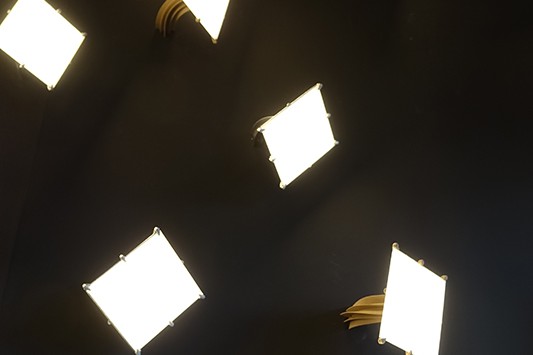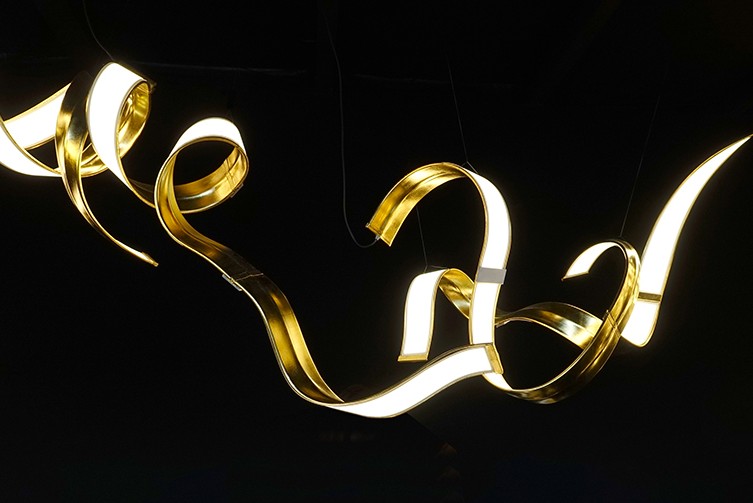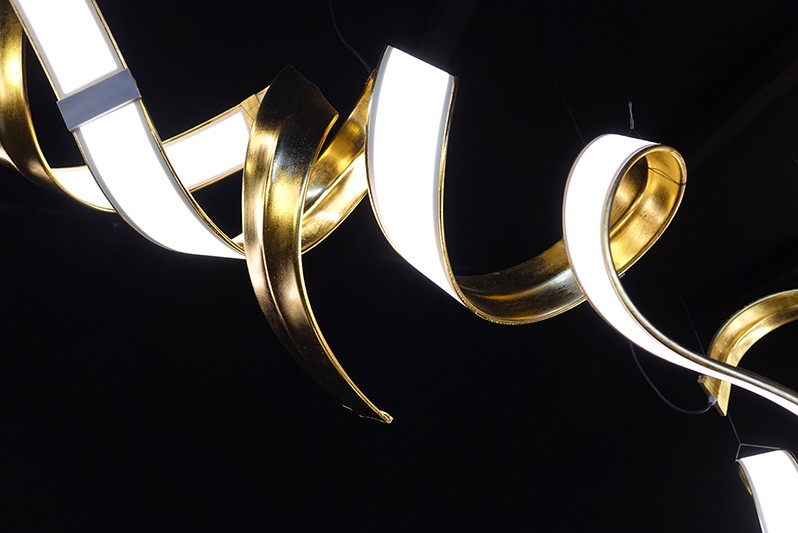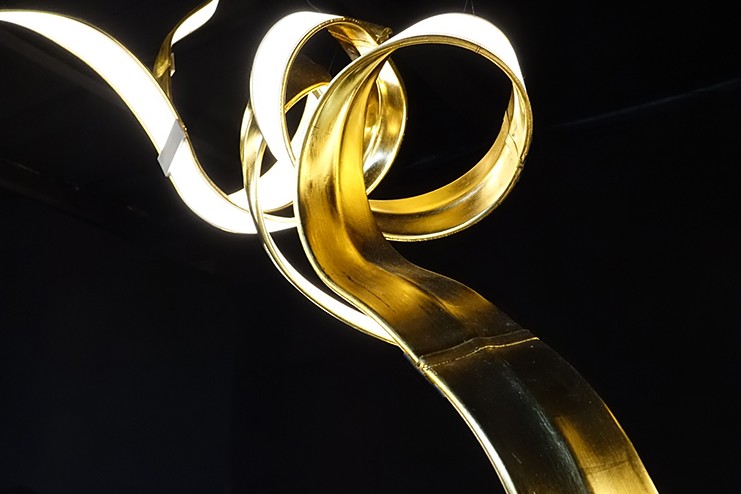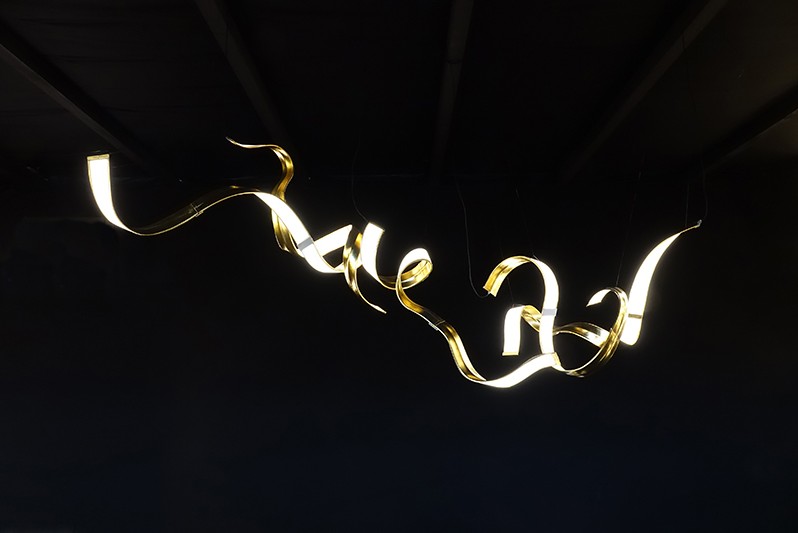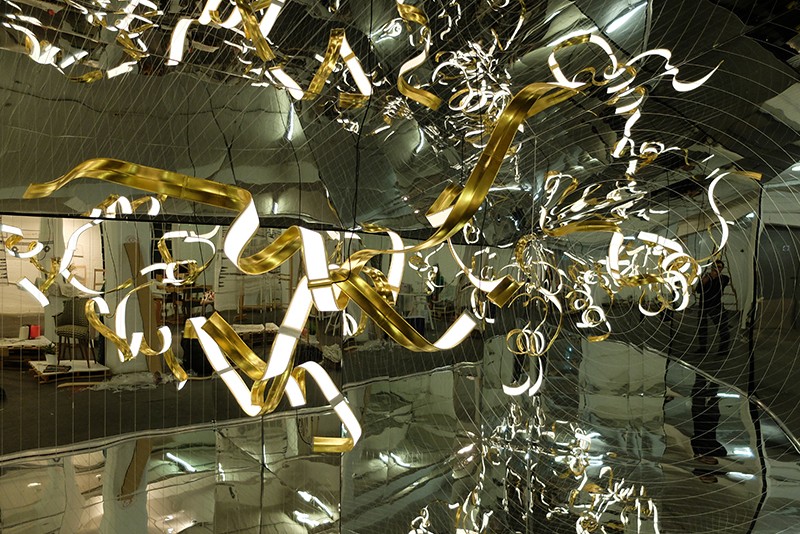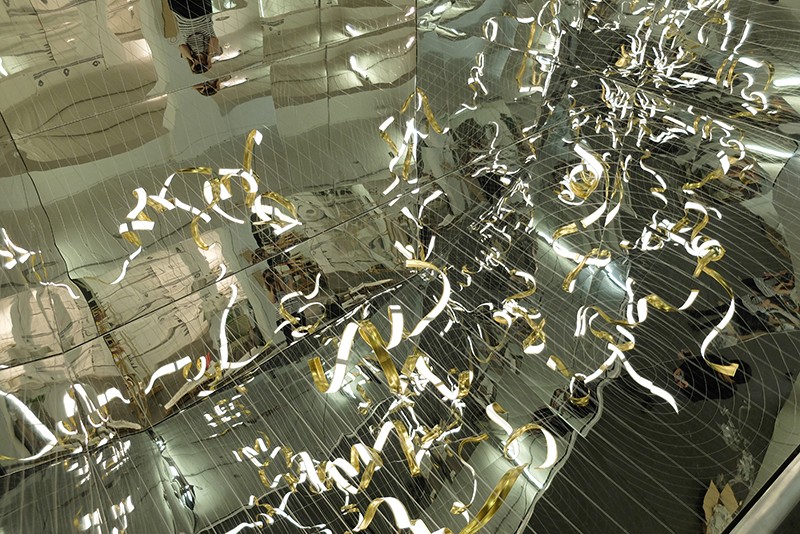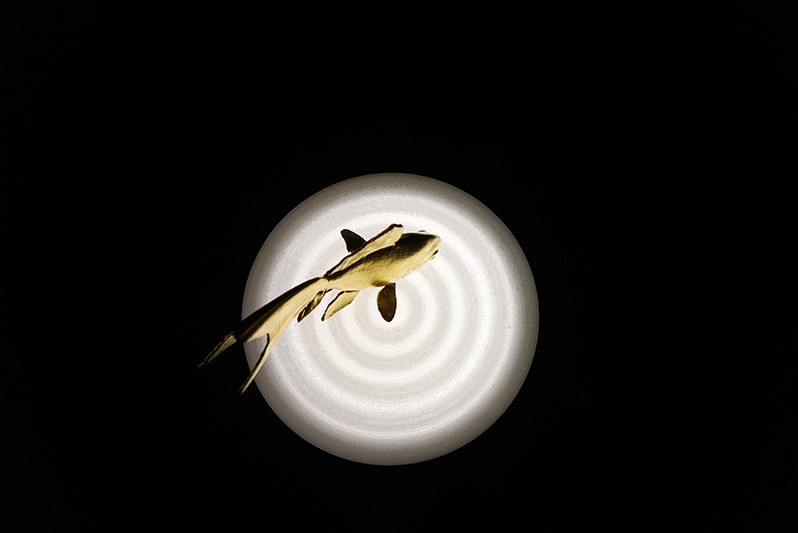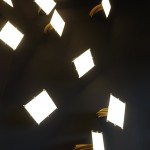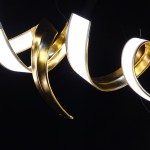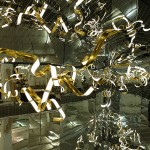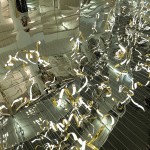Q&A with Min Sang Cho
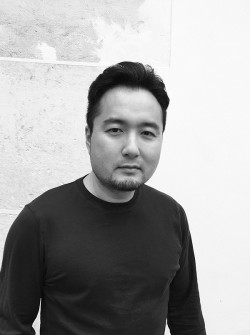 MIN SANG CHO is a London based lighting artist who has a strong background in craft, design and architectural lighting engineering.
MIN SANG CHO is a London based lighting artist who has a strong background in craft, design and architectural lighting engineering.
The Design Insider team first discovered him at Maison et Objet Paris this year and were amazed by the beautiful creations, so we decided to sit him down and talk through his journey into design and the inspiration behind the designs.
How did you get into lighting?
In 1996, I left my hometown in Korea and travelled to Europe for the first time in my life. From the moment the plane landed, I began noticing differences in light. Both in natural light and how artificial light is used. This intrigued me and stirred a lifelong passion for light. I began to explore the use of light and started to make my own luminaires. Since these early explorations, I have been making efforts to understand the fundamentals of light and to act in service to light through luminaire creations and architectural lighting projects.
Why the change from architecture?
I continue to work as both an architectural lighting consultant and luminaire designer. I enjoy this hybrid approach. Before starting my own practice, I worked as a lighting consultant for Hoare Lea lighting, as a product designer for Ab Rogers, as an architectural model maker for a Foreign Office architect and as a professional silversmith. I have had a few transitions within my career, and this has helped me to form an understanding of lighting, architecture, design and craft and to see how these processes are organically connected.
What inspires your designs?
I am inspired by needs. The needs of light from the proximity of my daily life. This may be a starting point triggered by an experience or observation. The process is continued through sculpting light by playing with forms, structures, materials and finishes. Until the moment the luminaire is plugged in, the outcome of the lighting can only be imagined. I draw upon my imagination and experiences when I am working. This uncertainty of the lighting design process is challenging but fascinating, and even addictive.
Within your work, movement seems to be a common theme, whether this is shown through the fluid shapes or physical movement made by the viewer. Why is this important to you?
I have always been fascinated by kinetic design, this instinct has been with me since childhood. I enjoy applying kinetic elements to my creations because creating kinetic mechanisms is something of a hobby rather than a labour for me. The love of kinetic design developed my desire to show movement in my lighting as a constant passion. Not necessarily as physical movement, I have realised that a static shape can express movement by way of its form and structure.
“Design addresses stated needs and solves problems. Well-designed lighting needs to serve a purpose through communication with its users. I believe that art, on the other hand, is about self-expression of the artist.”
A lot of your creations could be seen as art, where is the line drawn between art and lighting?
Design addresses stated needs and solves problems. Well-designed lighting needs to serve a purpose through communication with its users. I believe that art, on the other hand, is about self-expression of the artist. My luminaires are created with the very clear purpose of providing appropriate illumination in inseparable relation to their designated environment, whether that lighting is to serve a practical or entirely aesthetic need. For this reason, I don’t hesitate to address my luminaires as lighting.
I understand that you use 3D printing to create some of your designs, how has this technology assisted your designs and how far can see 3D printing going?
I was trained as a silversmith and my luminaire creations have evolved around craft and design. The first tools I was given as a silversmith was a hammer and a metal saw. As my ideas and desire for creation have evolved, my tool selection has also evolved, from the tools of a craftsman to include those of mass production machines. 3D printing has become one of my favourite tools in recent years as it provides a key to eliminate barriers between ideas and realisation; I am always searching for such ‘keys’ in my work. However, as much as I am thankful to this miracle of modern technology, I am mindful to beware its limitations and not allow my creations to become little more than a celebration of the technology. For me, 3D printing is a tool which exists to serve a purpose.





